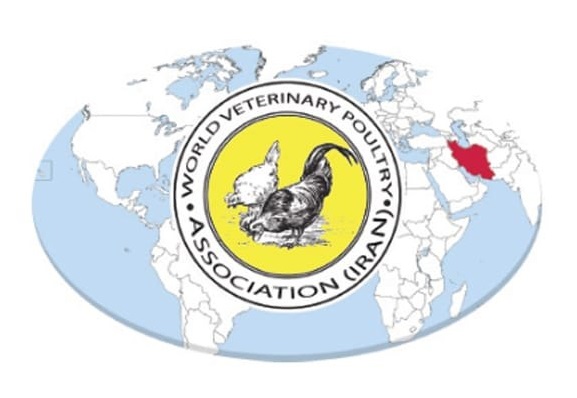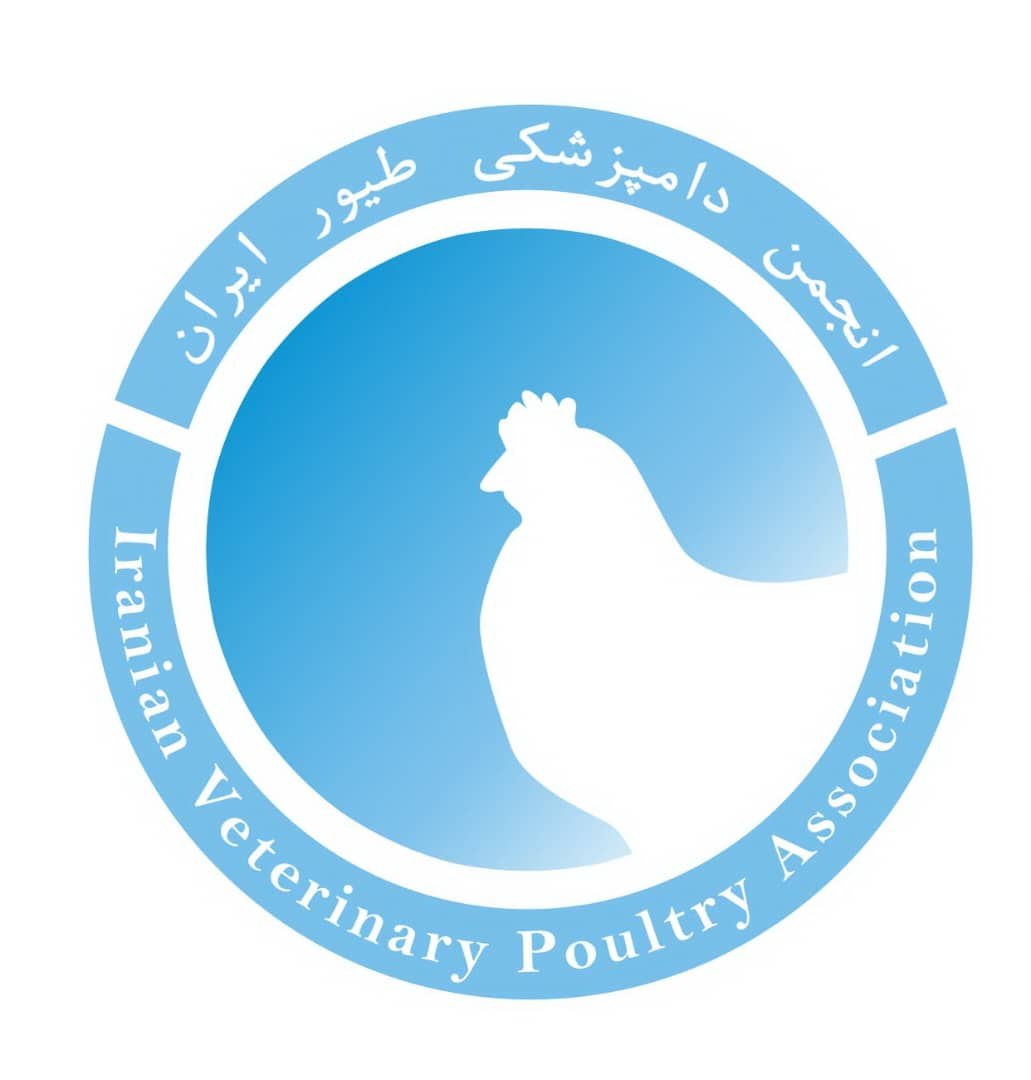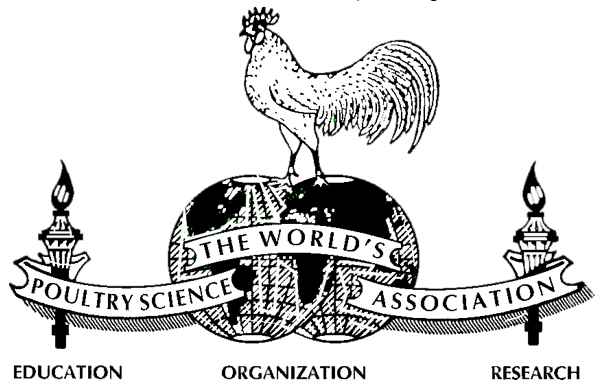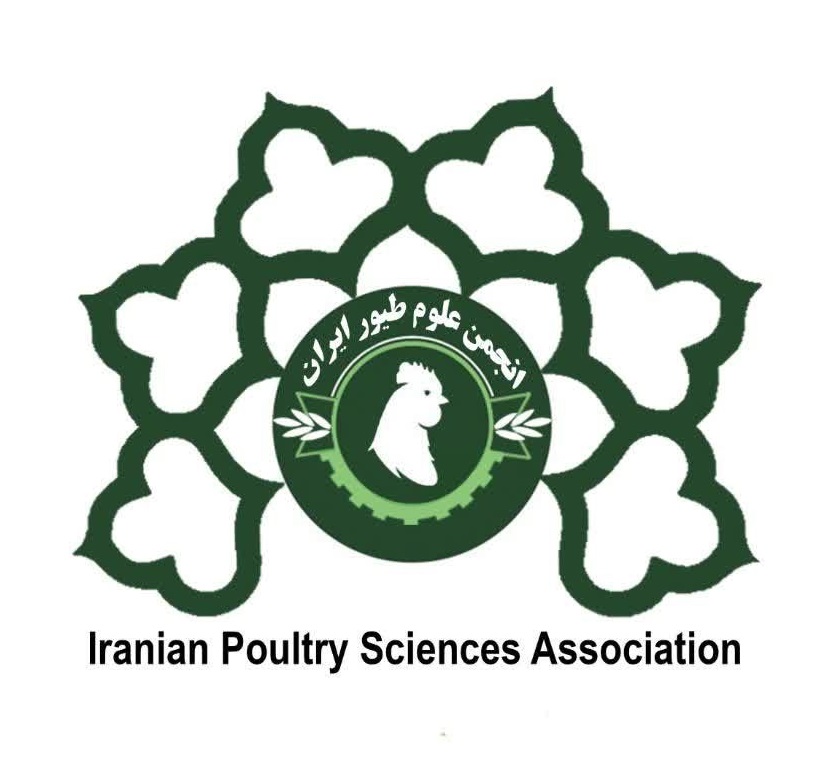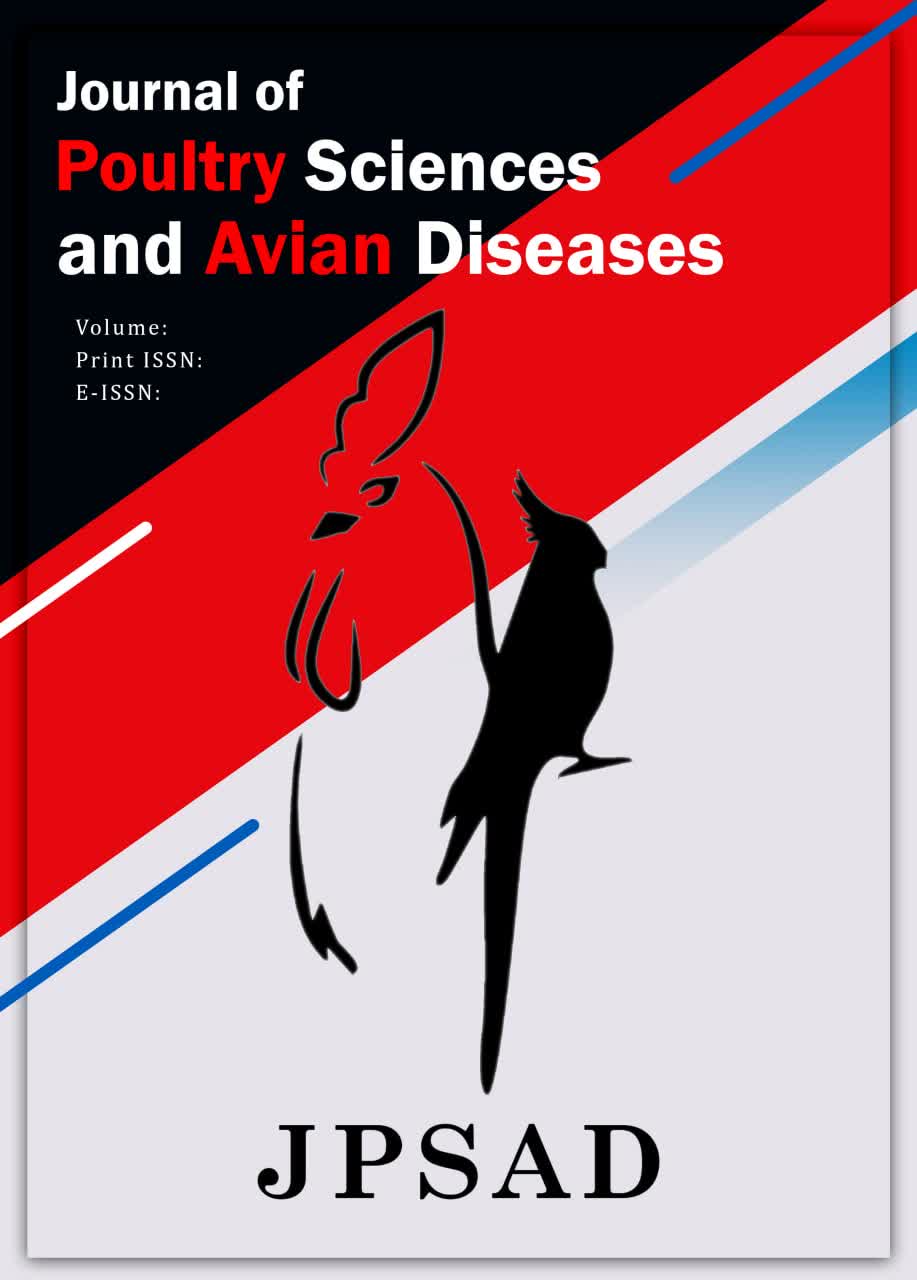Effects of quantum dot zinc oxide, nano zinc oxide and zinc oxide on genes expression and aflatoxine production due to Aspergillus flavus ATCC50041
Abstract
Aflatoxin, which is mainly produced by Aspergillus flavus and Aspergillus parasiticus, is a severe problem and threat in the fields of medicine and agriculture and is classified as the first class human carcinogen due to its carcinogenic, mutagenic, teratogenic, hepatotoxicity, and immune system defects. This toxin contaminates many agricultural products around the world. Considering the high toxicity of aflatoxin and the destructive effects of this metabolite, achieving low-risk and cost-effective methods to control toxin production is of great importance. In this study, the effects of different concentrations of quantum dot zinc oxide, nano zinc oxide, and zinc oxide on the expression of important key genes (aflR, aflP, aflM, aflD) in the gene cluster of aflatoxin production and also the amount of aflatoxin production (B1, B2) in Aspergillus flavus was studied. The fungus was cultured in different concentrations of quantum dot zinc oxide, nano zinc oxide, and zinc oxide (2000, 4000, 6000 ppm) for 3 days at 30 ◦C. The results showed that quantum dot zinc oxide significantly reduced toxin production and gene expression compared to other groups, in which the concentration of aflatoxin was decreased by increasing quantum dot zinc oxide. Regarding the obtained results, nano zinc oxide was effective just at 6000 ppm, and zinc oxide is suggested because nano zinc oxide and zinc oxide cannot completely dissolve in water. Hence, nano zinc oxide and zinc oxide showed weak activity in reducing aflatoxin concentration. All three agents under study significantly caused low gene expression, but quantum-dot zinc oxide showed more activity than the others. The formulation of highly active quantum dot zinc oxide to reduce aflatoxin may be a potential feed additive for the future management of mycotoxins.
Downloads
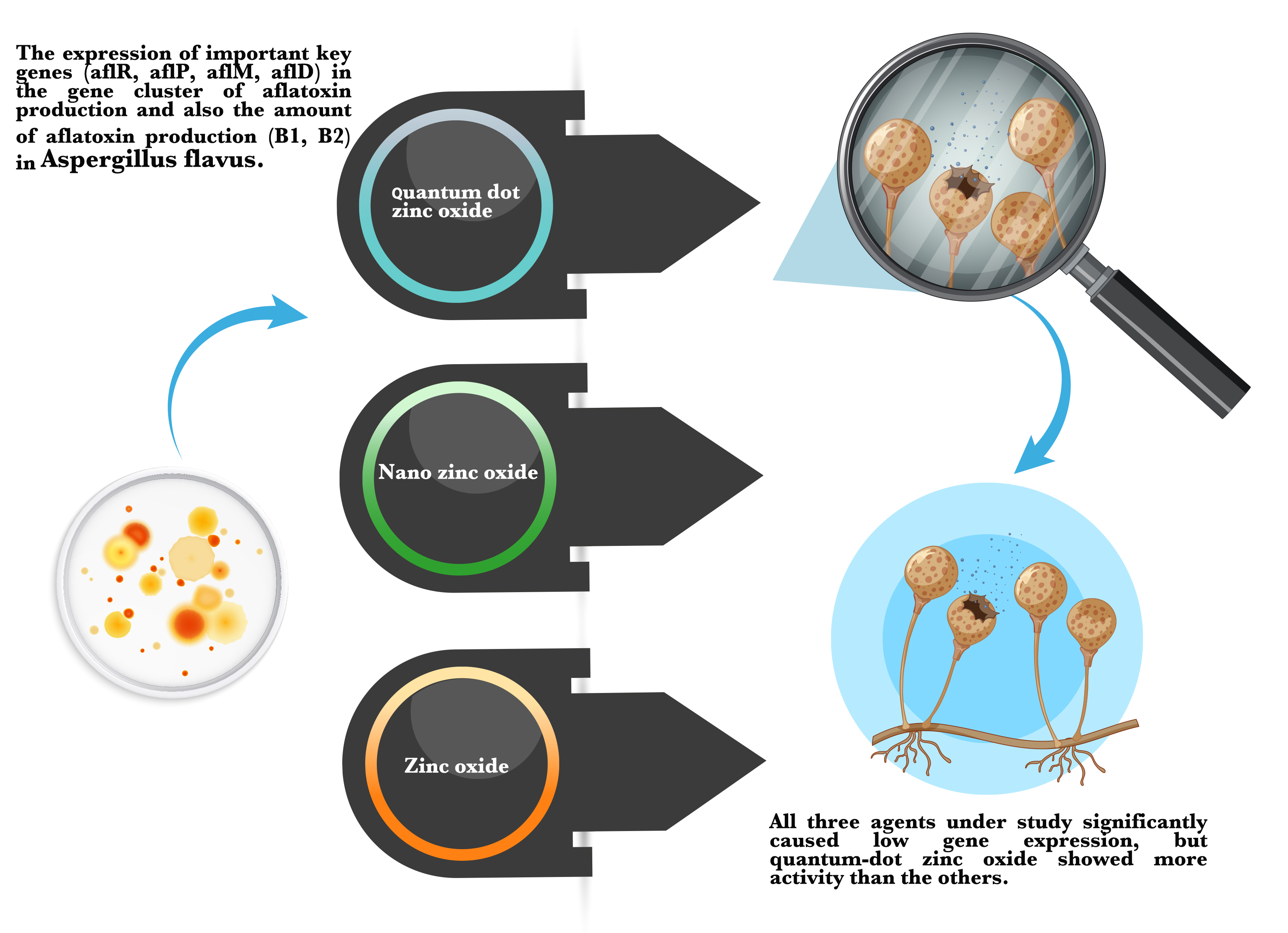
Downloads
Published
Issue
Section
License
Copyright (c) 2024 Javad Malakootikhah, Narges Bastami, Ali Reza Khosravi, Donya Nikaein (Author)

This work is licensed under a Creative Commons Attribution-NonCommercial 4.0 International License.






